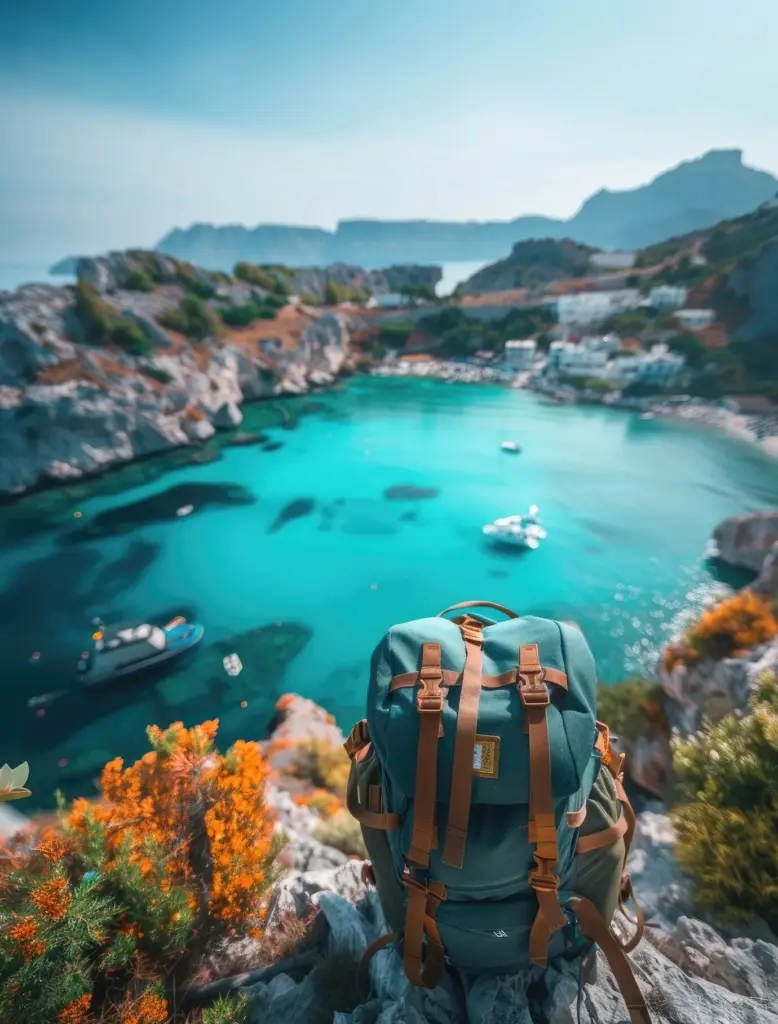Into the Wild Heart of Canada: Guides, Routes, and Unforgettable Park Journeys
Rockies Road: Peaks, Glaciers, and Sky‑Blue Lakes

Three Days From Banff to Jasper
Day one blends lakes and short hikes near Banff and Lake Louise, using early starts or shuttles to keep it calm. Day two follows the Icefields Parkway with time for viewpoints, a glacier interpretive stop, and an unrushed picnic. Day three savors Jasper’s valley trails, quieter lakes, and possible evening wildlife viewing from safe distances. We include fuel planning, weather checkpoints, and options to downgrade difficulty if smoke, snow, or crowds appear.

A Family Loop With Yoho and Kootenay
Design a kid‑friendly circuit linking Emerald Lake’s gentle paths, Marble Canyon’s bridges, and Radium’s restorative hot springs. Balance adventure with downtime, picking short interpretive trails that reward curiosity without overextending little legs. Find picnic tables near restrooms, plan snack windows, and keep flexible goals. Incorporate bear‑safe food storage, respectful wildlife distances, and nature‑based games that turn every stop into a playful lesson. End with ice cream, smiles, and shared stories.

Shoulder Season Magic Without the Crowds
Late spring and early fall offer quieter roads, vivid colors, and comfortable hiking weather if you prepare for shifting conditions. Carry microspikes when melt or early snow complicates footing, check shuttle schedules, and verify opening dates for facilities. Photograph larches in September, waterfalls in June, and starry skies during cool, clear nights. Build flexible alternatives if a road closes, and use local visitor centers for real‑time trail advisories and wise reroutes.
Pacific Edges: Rainforests, Waves, and Island Silence








